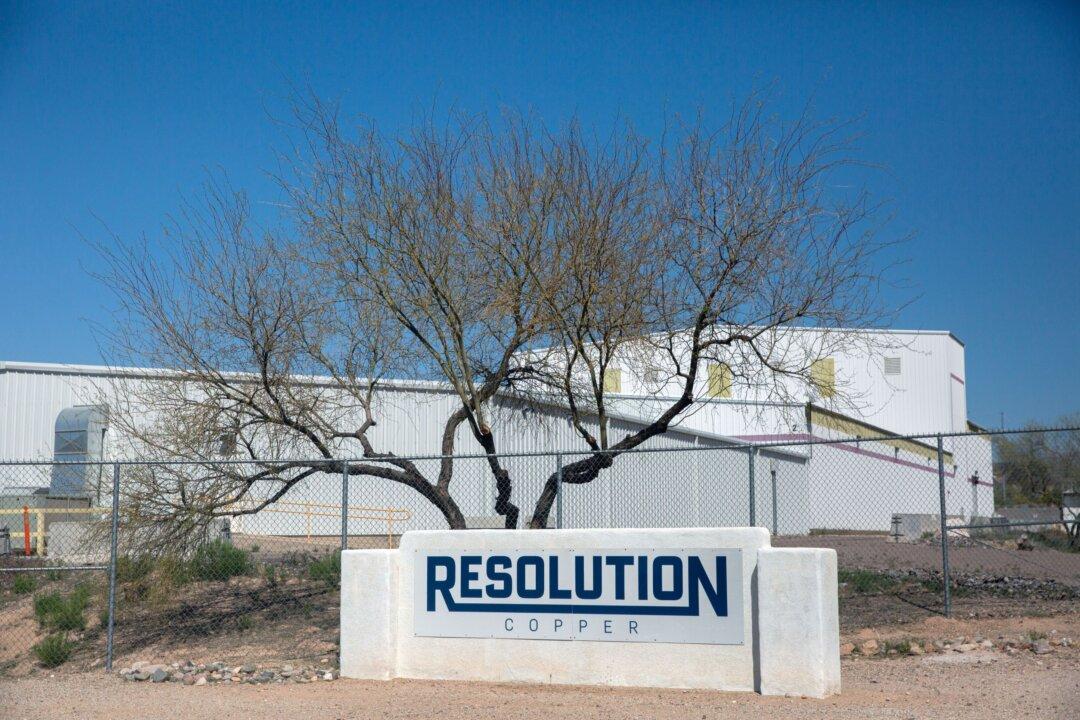Florida’s property insurance market was distressed before Hurricane Ian appeared on the radar, with the state’s 6.2 million homeowners paying at least three times more than those elsewhere in the United States spend on coverage, according to the Insurance Information Institute.
After the massive, slow-moving storm punches its way through the state, analysts fear that property insurance claims could knock many of the 50 thinly capitalized carriers writing policies in Florida out of business, force more property owners to enroll in the state-backed “insurer of last resort,” and impose significant costs on taxpayers nationwide.





